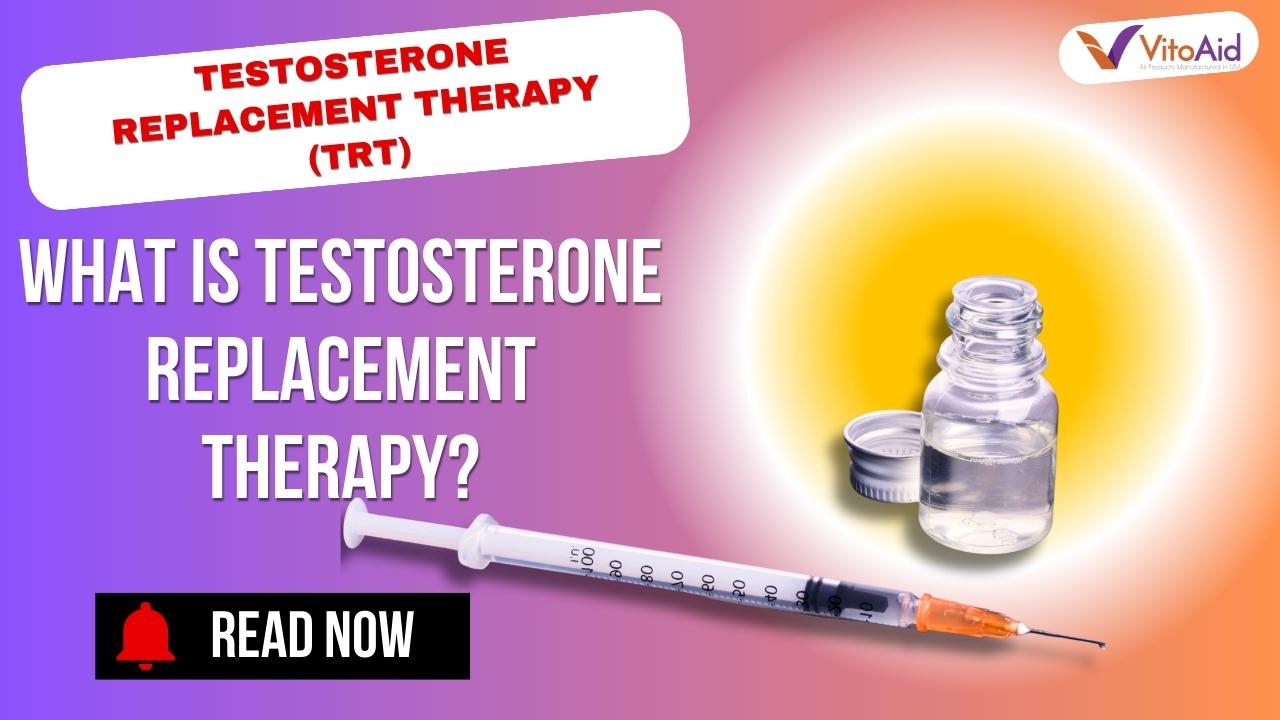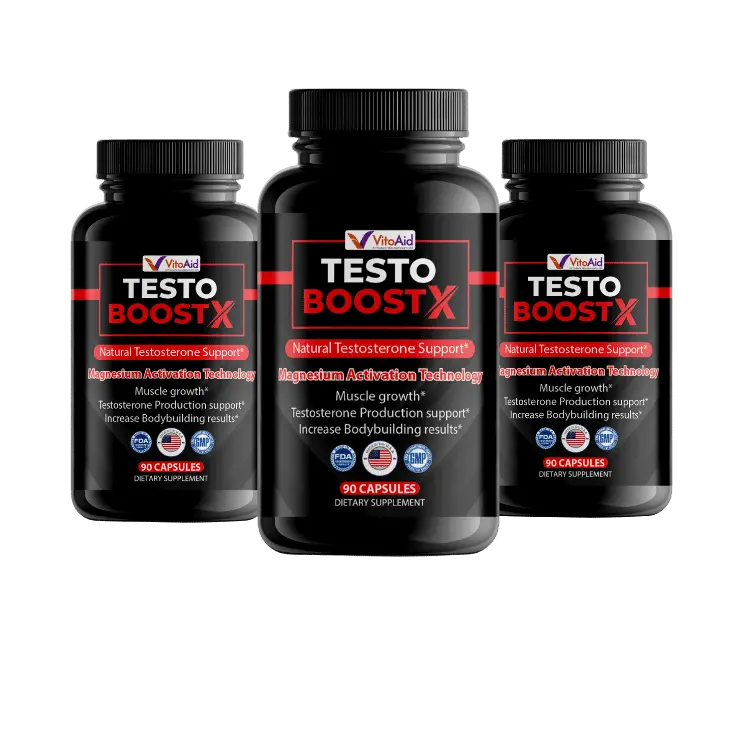Understanding Testosterone Replacement Therapy (TRT): A Comprehensive Guide
Introduction: Testosterone Replacement Therapy (TRT) has been a topic of increasing interest as more people seek ways to manage low testosterone levels. With potential benefits like improved energy, mood, and libido, it’s crucial to understand whether TRT is right for you. This guide will walk you through what testosterone replacement therapy is, its potential effects, and important considerations before starting treatment.
What is Testosterone Replacement Therapy?
Understanding Testosterone
Testosterone is a hormone fundamentally responsible for the development of masculine traits and is produced primarily in the testes in men. It plays a crucial role in functions such as sex drive, energy levels, and mood regulation. In women, it is produced in smaller amounts in the ovaries and contributes to bone health, energy, and mood.
Purpose of TRT
Testosterone Replacement Therapy aims to bring testosterone levels back to normal in individuals with hypogonadism, a condition characterized by low testosterone production. The therapy can be administered through patches, gels, or injections and is generally considered for men with confirmed low levels and related symptoms.
Indications for Testosterone Replacement Therapy
Signs of Low Testosterone in Men
Common symptoms of low testosterone in men include decreased sex drive, fatigue, reduced muscle mass, and fewer spontaneous erections. It is essential to confirm low testosterone levels through blood tests before considering TRT. Symptoms alone may not necessarily indicate the need for therapy.
Considerations for Women
While testosterone levels in women are lower, the hormone still contributes to libido and energy. For women experiencing low libido, alternative causes such as medication side effects or relationship issues should be explored first. TRT is less commonly prescribed for women, and when it is, the doses are significantly lower.
Potential Benefits and Risks of TRT
Benefits to Consider
Many men report increased energy, improved mood, and enhanced sexual function after starting TRT. In women, some evidence suggests a boost in sexual desire; however, benefits for energy and bone health remain unclear. It’s crucial for individuals to weigh the potential benefits with the risks before proceeding.
Possible Side Effects and Risks
TRT can have side effects including acne, sleep apnea, and increased red blood cell count. Long-term risks are less understood, hence why medical supervision is essential. It’s imperative for patients considering TRT to discuss the potential benefits and risks with their healthcare provider thoroughly.
Testing for Low Testosterone
Initial Consultation and Testing
Before starting testosterone replacement therapy, a thorough evaluation by a physician is mandatory. This includes a detailed medical history, physical examination, and blood tests to confirm low testosterone levels. Additional tests may be required to rule out underlying health issues.
Interpreting Test Results
A person’s testosterone levels can vary depending on several factors, including age and time of day. Therefore, multiple tests may be necessary to obtain accurate readings. A competent healthcare professional will interpret these results to determine the suitability of TRT.
Administering Testosterone Replacement Therapy
Forms of Administration
TRT can be administered in several forms including skin patches, gels, oral tablets, and injections. Each form has its advantages and disadvantages, and the choice often depends on patient preference, lifestyle, and the treating physician’s recommendation.
Monitoring and Follow-Up
Patients on TRT should have regular follow-up appointments to monitor testosterone levels and any side effects. This is crucial for adjusting dosages and ensuring the efficacy and safety of the treatment. Ongoing communication with healthcare providers ensures optimal treatment outcomes.
Conclusion
Summary of Key Points
Testosterone Replacement Therapy is a treatment option for individuals diagnosed with hypogonadism. While it has potential benefits, it also carries risks that need careful consideration. Accurate diagnosis and vigilant monitoring are critical components of a successful TRT regimen.
Call to Action
If you’re experiencing symptoms of low testosterone, consult with a healthcare professional to explore your options. For more health-related content, subscribe to our newsletter, leave a comment, or share this blog post on social media to spread awareness.
RELATED:
Effective Erectile Dysfunction Solutions for Men at 40”







